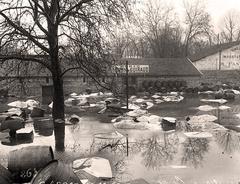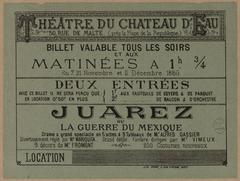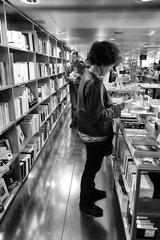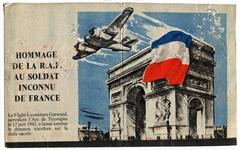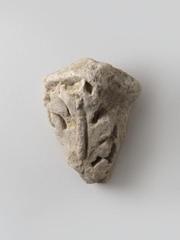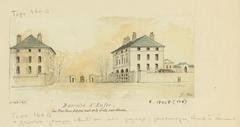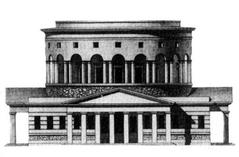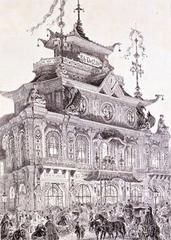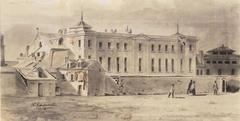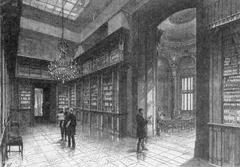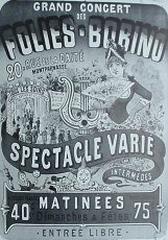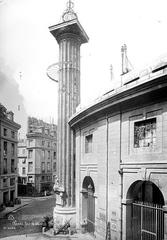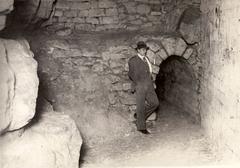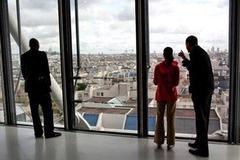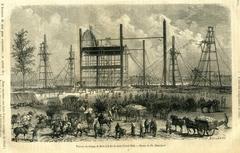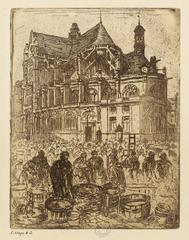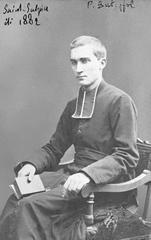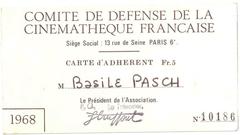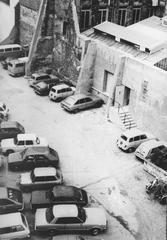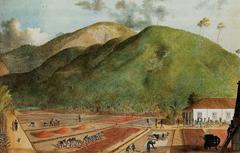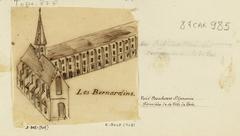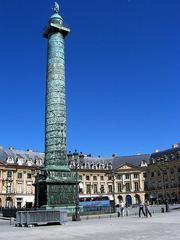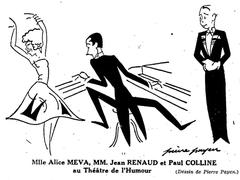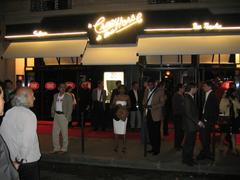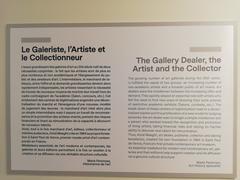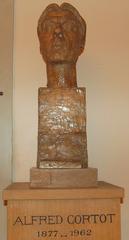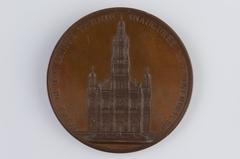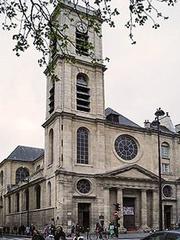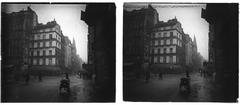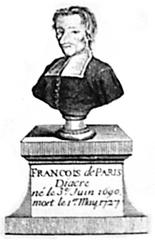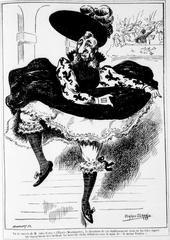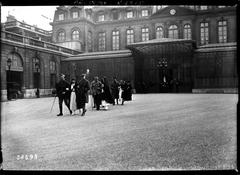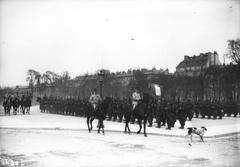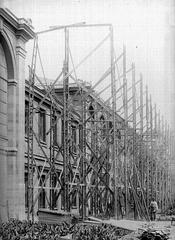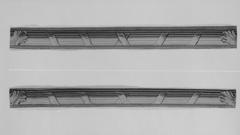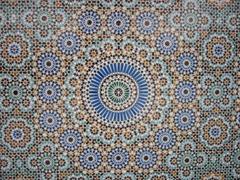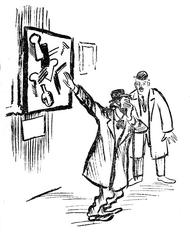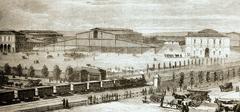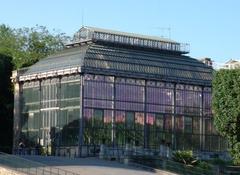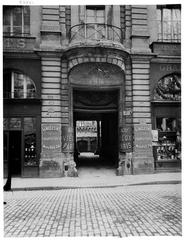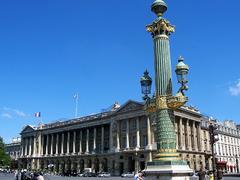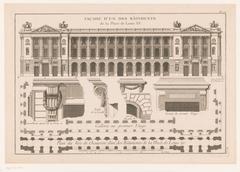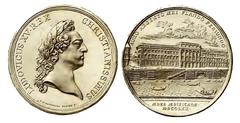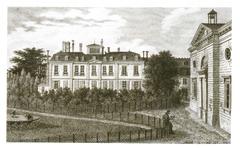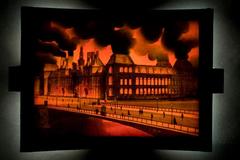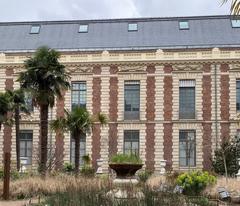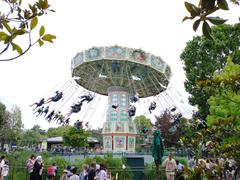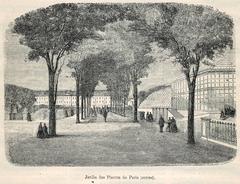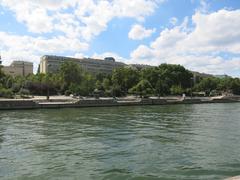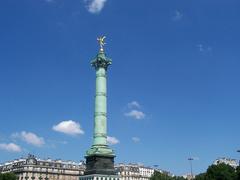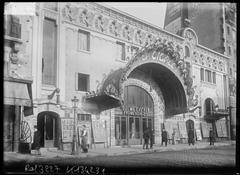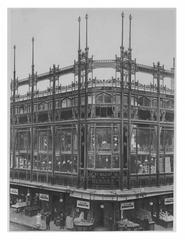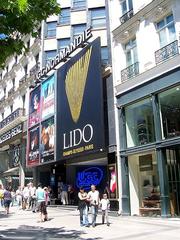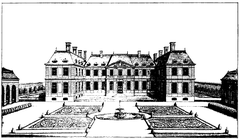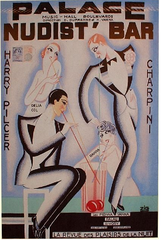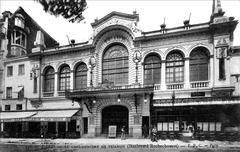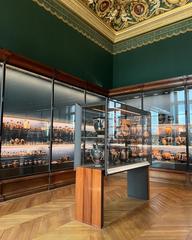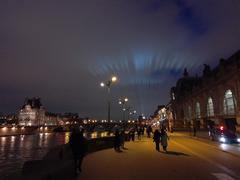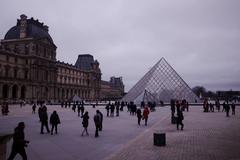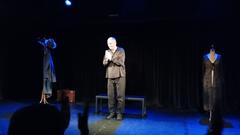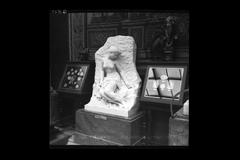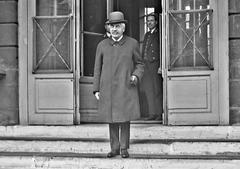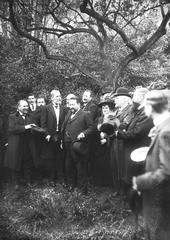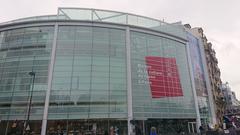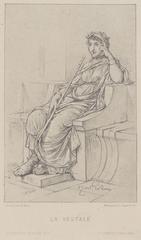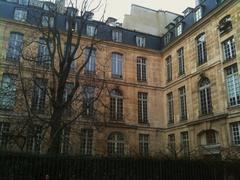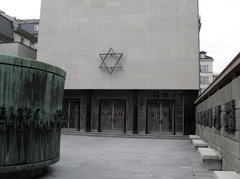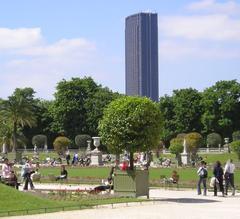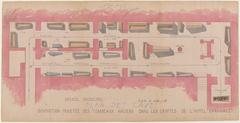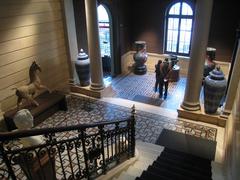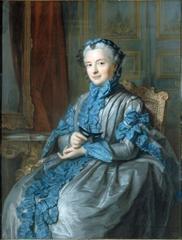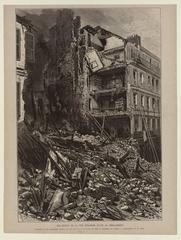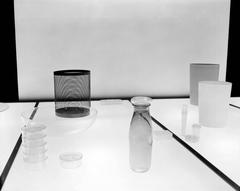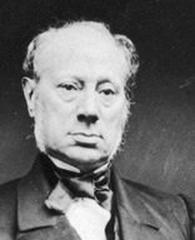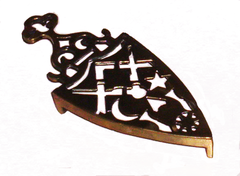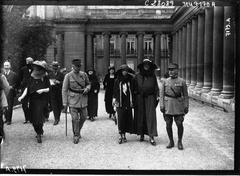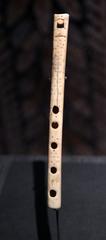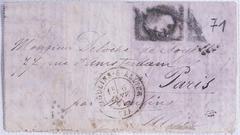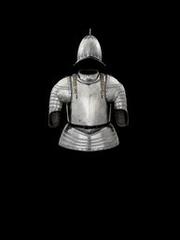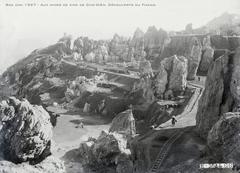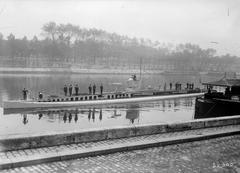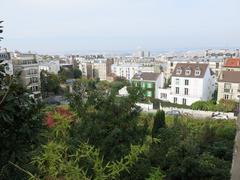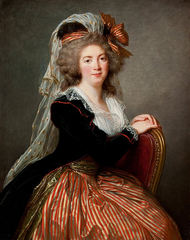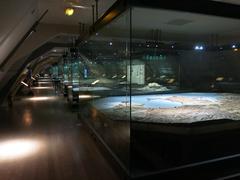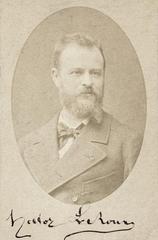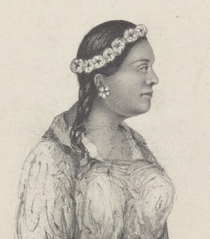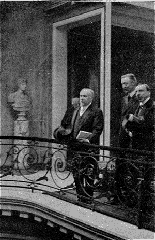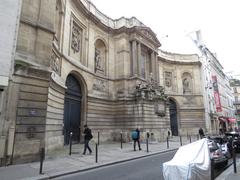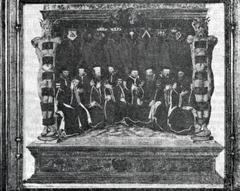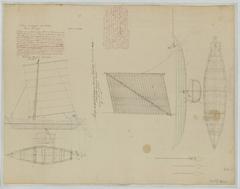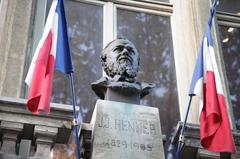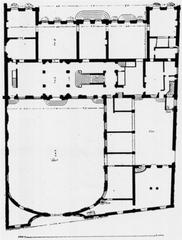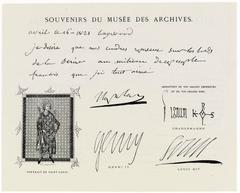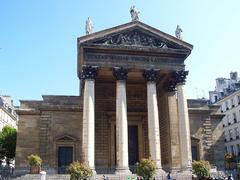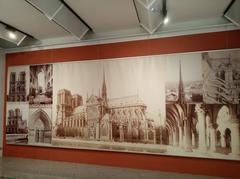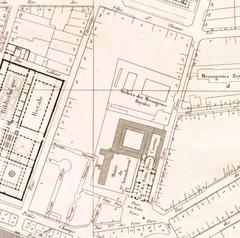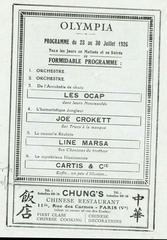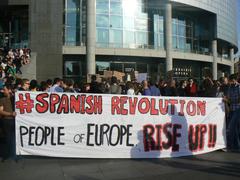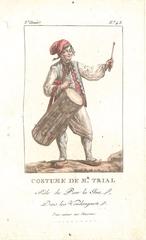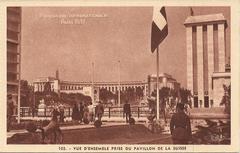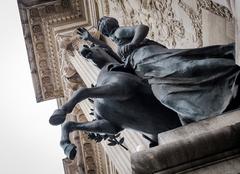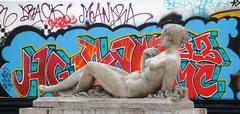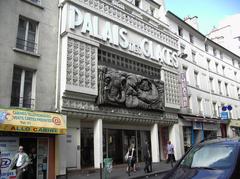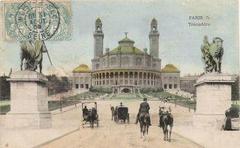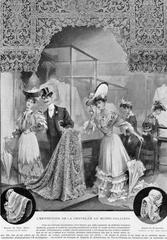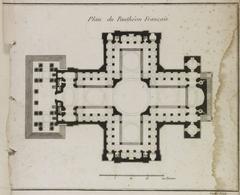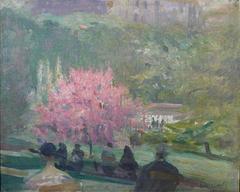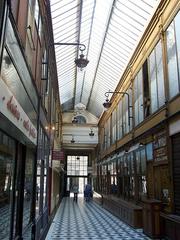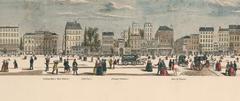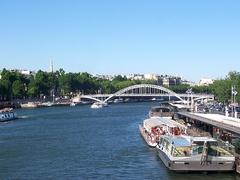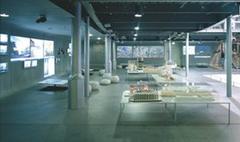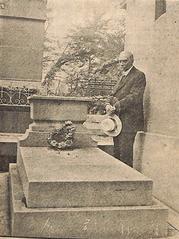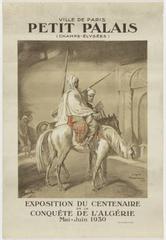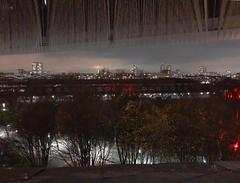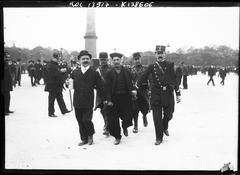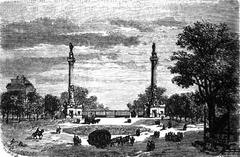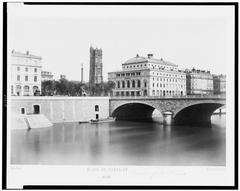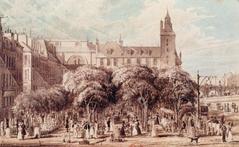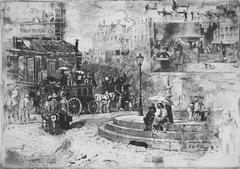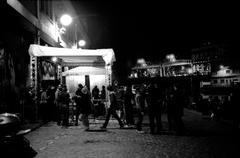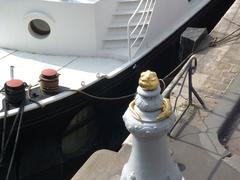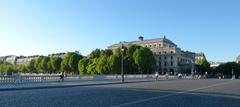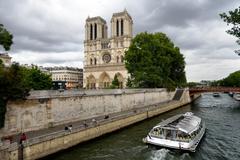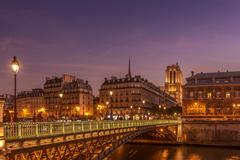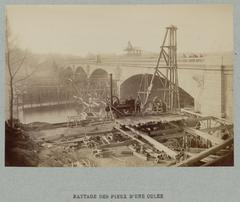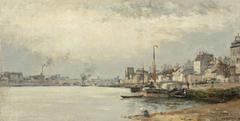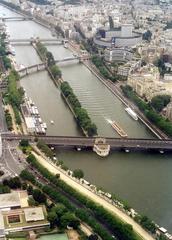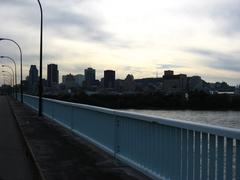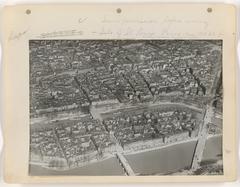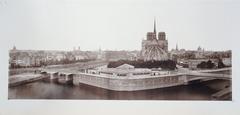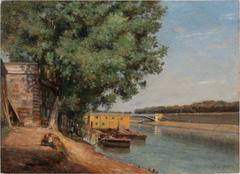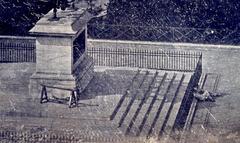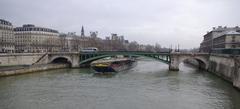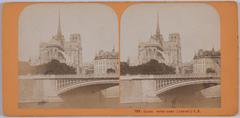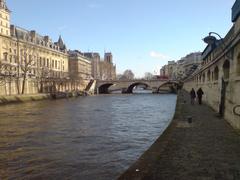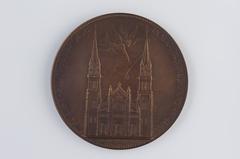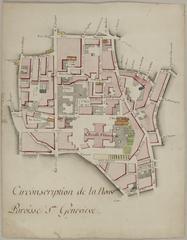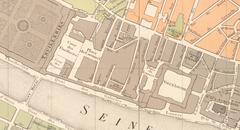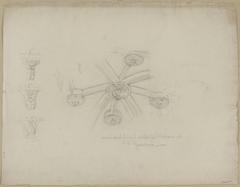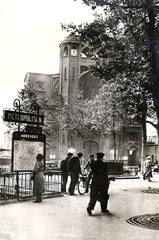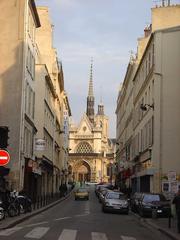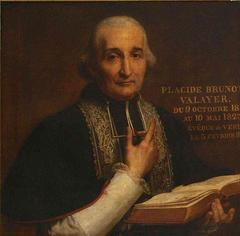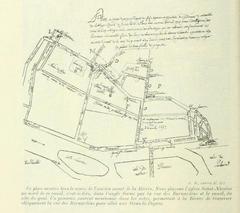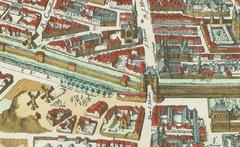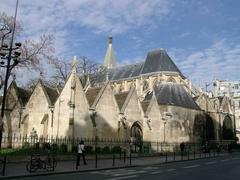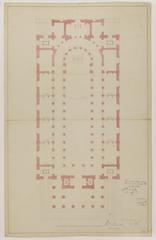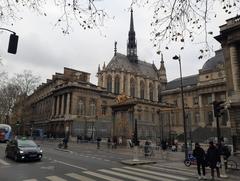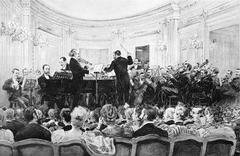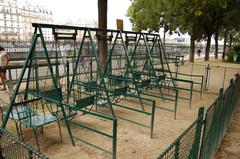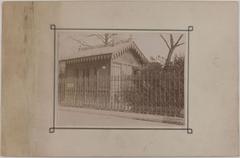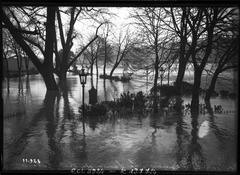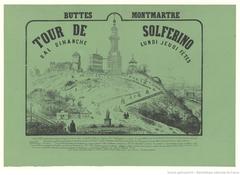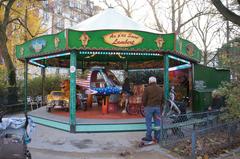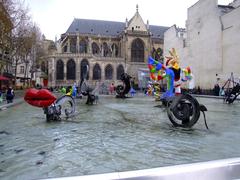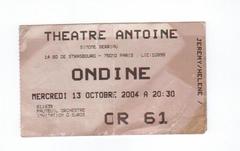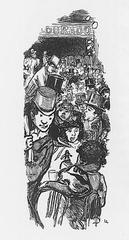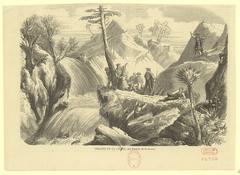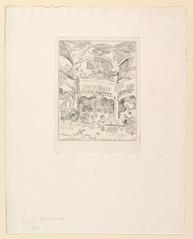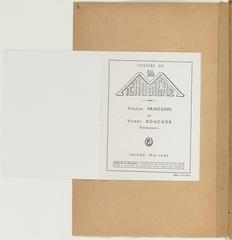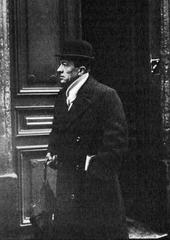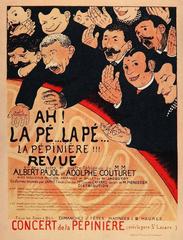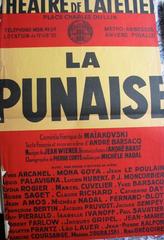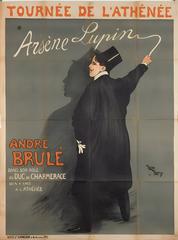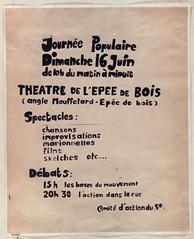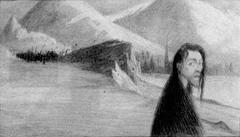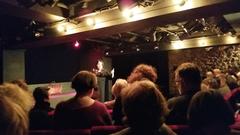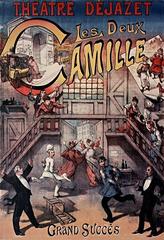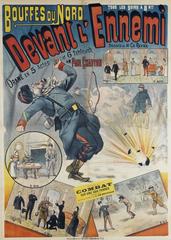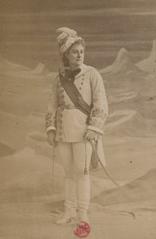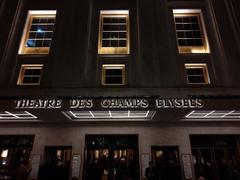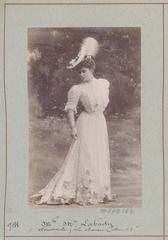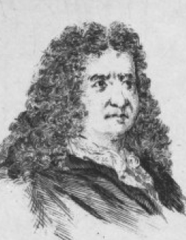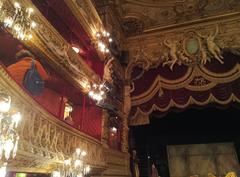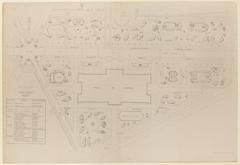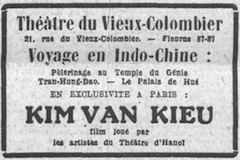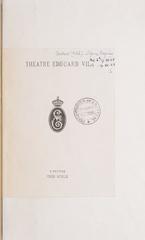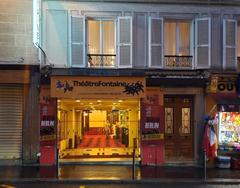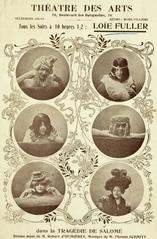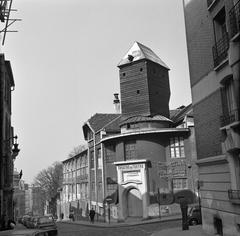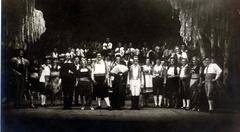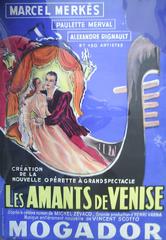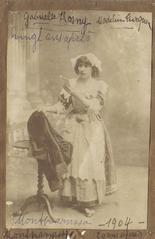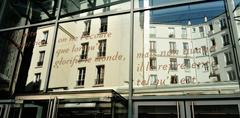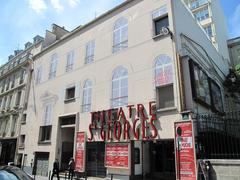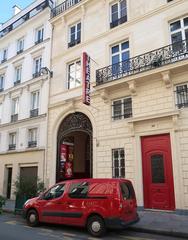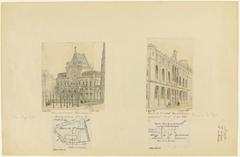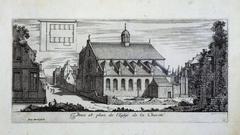Musée De La Libération De Paris – Musée Du Général Leclerc – Musée Jean Moulin
Musée De La Libération De Paris: Visiting Hours, Tickets, and In-Depth Guide
Date: 14/06/2025
Introduction: A Key Paris Historical Site
The Musée de la Libération de Paris – Musée du Général-Leclerc – Musée Jean-Moulin is a major destination for anyone seeking to understand the dramatic events of World War II in Paris. Situated above the historic Montparnasse station, this museum vividly recounts the Nazi occupation, the bravery of the French Resistance, and the city’s triumphant liberation in August 1944. Its immersive exhibitions and authentic artifacts honor key figures like Jean Moulin and General Philippe Leclerc de Hauteclocque while preserving the memory of everyday Parisians who contributed to freedom. Whether you are a history enthusiast, student, or traveler, this detailed guide covers everything you need to plan your visit, from hours and ticketing to educational highlights and nearby attractions.
For official updates and detailed visitor information, consult the Musée de la Libération de Paris official website and Paris Musées.
Table of Contents
- Historical Context: Occupation & Liberation
- Key Figures: Jean Moulin & General Leclerc
- Museum Location & Setting
- Permanent Collections & Notable Exhibits
- Immersive Experiences: The Command Post
- Digital & Interactive Tools
- Guided Tours & Educational Programs
- Visitor Information: Hours, Tickets, Accessibility
- Travel Tips & Nearby Attractions
- The Museum’s Civic Role
- Contemporary Relevance & Public Discourse
- Paris Musées Network Integration
- Impact & Recognition
- Frequently Asked Questions (FAQ)
- Conclusion & Further Resources
Historical Context: Paris Under Occupation and the Road to Liberation
From 1940 to 1944, Paris endured harsh occupation, marked by repression, shortages, and curfews, particularly affecting Jews and political dissidents. Despite these conditions, the French Resistance gained strength. The liberation began on August 19, 1944, with uprisings across the city, culminating in the arrival of General Leclerc’s 2nd Armored Division and the official surrender of German forces on August 25. The museum’s site, above the Montparnasse station, was itself a nerve center during this pivotal moment (artsupp.com).
Key Figures: Jean Moulin and General Leclerc
Jean Moulin: Resistance Unifier
Jean Moulin (1899–1943) is revered as the architect of the French Resistance. Charged by General de Gaulle with unifying disparate resistance groups, his efforts led to the creation of the Conseil National de la Résistance (CNR). Despite his arrest and death following Gestapo torture, Moulin’s legacy stands for courage and unity. The museum presents his story through personal objects, documents, and photographs (museosphere.paris.fr).
General Philippe Leclerc de Hauteclocque: The Liberator
General Leclerc (1902–1947) led the 2nd Armored Division, instrumental in liberating Paris. On August 25, 1944, he accepted the German surrender at Gare Montparnasse. Artifacts, uniforms, and digital displays in the museum commemorate his leadership and the division’s role in restoring French sovereignty (artsupp.com).
Museum Location and Historical Setting
The museum stands at 4 Avenue du Colonel Henri Rol-Tanguy, 75014 Paris, in the Ledoux Pavilion on Place Denfert-Rochereau. Below, the preserved command post of Colonel Rol-Tanguy, leader of Paris’s French Forces of the Interior (FFI), provides a unique opportunity to experience the very heart of resistance operations (Paris Musées).
Permanent Collections and Highlights
- Command Post Bunker: Descend 20 meters underground to the original Resistance bunker, accessible via guided tour.
- Artifacts: Uniforms, weapons, documents, and personal effects illustrate the realities of occupation and liberation.
- Symbolic Displays: The forbidden flag, clandestine newspapers, and objects of resistance.
- Audiovisual Archives: Archival images and oral histories capture the emotional intensity of the era.
- Women in Resistance: Special exhibits highlight the roles of figures like Madeleine Colomb and Cécile Rol-Tanguy.
- Temporary Exhibitions: Rotating displays, such as “Rol-Tanguy par Giacometti,” offer new perspectives on the Liberation (Salut from Paris).
Immersive Experiences: Colonel Rol-Tanguy’s Command Post
A highlight is the immersive tour of the underground command post, central to Paris’s liberation:
- Self-Guided Tour: About 45 minutes, free, on-site reservation required; limited to 18 visitors per group. Not accessible to those with mobility impairments (100 steps).
- Mixed Reality Tour: HoloLens headsets provide a digital recreation of August 1944. Recommended for ages 14 and up.
This experience offers a visceral understanding of the Resistance’s operations (museum website).
Digital and Interactive Educational Tools
- Visit Companion App: Free multilingual tour guide (French, English, Spanish, German) with tailored routes (“Complete Visit” and “The Indispensable Ones”).
- Mixed Reality Headsets: Enhance exploration of permanent exhibits.
- Audiovisual Installations: 18-screen displays and soundscapes recreate the Liberation’s atmosphere.
Guided Tours and Educational Programs
- Guided Tours: Mainly in French; offer in-depth historical context. Advance booking recommended.
- School and Family Programs: Workshops, digital “serious games,” and thematic dossiers engage younger visitors.
- Documentation Center: By appointment, for researchers and students (museum website).
Visitor Information: Hours, Tickets, and Accessibility
- Opening Hours: Tuesday–Sunday, 10:00 AM to 6:00 PM (last entry 5:30 PM). Closed Mondays and select public holidays.
- Admission: Free for permanent collections. Command post tours are free; temporary exhibitions may require paid tickets.
- Tickets: Standard tickets for special exhibitions are €7; €5 for students/seniors. Free for children under 18 and EU residents under 26.
- Accessibility: Main museum is wheelchair accessible. The underground command post is not, but a virtual tour is available on tablets. Audiovisual material with subtitles and magnetic loop systems support visitors with hearing impairments. Multilingual digital tools are provided (museum website).
How to Get There
- Metro: Lines 4 and 6, Denfert-Rochereau station.
- Bus: Lines 38, 68, 88.
- Nearby Attractions: Catacombs of Paris, Montparnasse Tower, Jardin du Luxembourg.
Visitor Tips
- Arrive early for command post tours—places are limited and reserved on-site.
- Allocate 1.5–2 hours for a comprehensive visit.
- Use the Visit Companion app for enhanced exploration.
- Combine your visit with other Paris historical sites for a fulfilling day.
The Museum’s Civic Role and Contemporary Relevance
The museum fosters civic reflection on resistance, democracy, and freedom. Thematic pathways and survivor testimonies highlight the human stories behind historical events, emphasizing unity, resilience, and the fight for liberty. Temporary exhibitions and cultural programming—including lectures and commemorative events—encourage ongoing dialogue about the legacy of World War II (Paris Musées).
Integration within the Paris Musées Network
As part of the Paris Musées network, the museum benefits from shared digital resources and collaborative initiatives with other Parisian institutions, enhancing visitor engagement and access to a broader cultural context.
Impact and Recognition
Since its relocation to Place Denfert-Rochereau in 2019, the museum has gained increased recognition for its role in preserving wartime memory and promoting civic values. It serves as an essential point of reference for educators, researchers, and the public (Wikipedia).
Frequently Asked Questions (FAQ)
Q: What are the museum’s opening hours?
A: Tuesday–Sunday, 10:00 AM to 6:00 PM. Closed Mondays and public holidays.
Q: Is there an admission fee?
A: Permanent collections and command post tours are free. Temporary exhibitions may require a ticket.
Q: Can I reserve a spot for the command post tour in advance?
A: Reservations are only made on-site, first come, first served.
Q: Is the museum accessible for visitors with disabilities?
A: The main museum is accessible; the underground command post is not, but a virtual tour is available.
Q: Are guided tours available?
A: Yes, primarily in French. Check the website for times and booking details.
Q: What languages are available for digital guides?
A: French, English, Spanish, and German.
Conclusion & Call to Action
The Musée de la Libération de Paris is a vital destination for understanding the struggles and triumphs that shaped modern France. Its meticulously curated exhibits, innovative educational tools, and immersive command post experience provide an engaging, emotional, and educational journey. Plan your visit, download the Visit Companion app, and explore nearby historical sites for a full day immersed in Parisian history.
For up-to-date information on tickets, hours, and special events, visit the official museum website and Paris Musées portal.
Further Information and Official Resources
- Musée de la Libération de Paris: Hours, Tickets & Historical Insights, 2025, Artsupp (artsupp.com)
- Musée de la Libération de Paris: Visiting Hours, Tickets, and Exploring Paris Historical Sites, 2025, Paris Musées (Paris Musées)
- Visiting Musée de la Libération de Paris: Hours, Tickets & Historical Insights, 2025, Salut from Paris (Salut from Paris)
- Visiting the Musée de la Libération de Paris: Hours, Tickets, and Historical Insights, 2025, Musée de la Libération de Paris official website (museum website)
- Musée de la Libération de Paris - Wikipedia, 2025, Wikipedia (Wikipedia)
